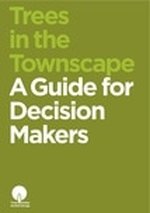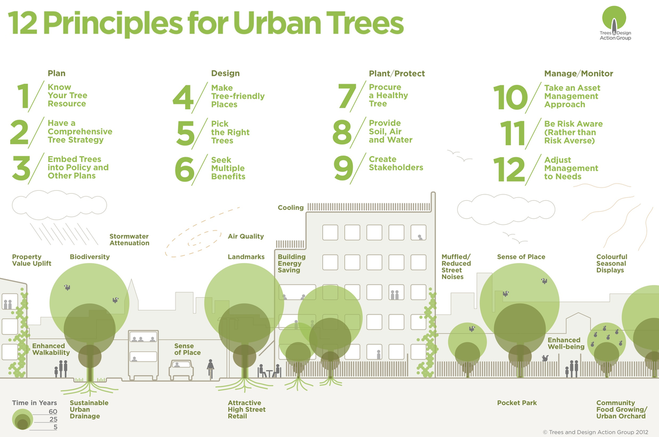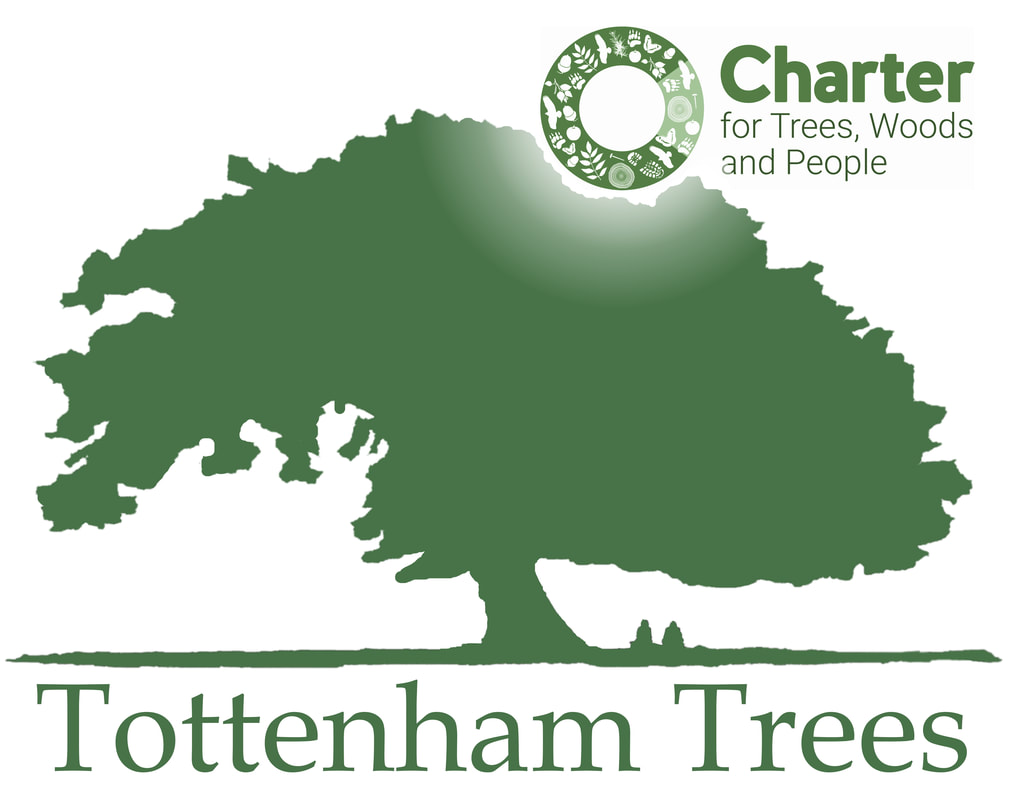
No Trees, No Future
An introduction on the role of trees and key best practices to ensure new developments make the most
of the financial, social and environmental value trees can contribute to places
No Trees, No Future provides a summary of what research tells us about the importance of trees to our well-being and to the future of our towns and cities. It explains why it is crucial that we protect and plant larger varieties of trees and demonstrates that by incorporating trees into new development the financial, social and environmental value of the resulting place can be greatly increased. This pamphlet also provides some advice on key points to consider to ensure that trees are allowed to thrive while development takes place.
Download the No Trees, No Future guide
An introduction on the role of trees and key best practices to ensure new developments make the most
of the financial, social and environmental value trees can contribute to places
No Trees, No Future provides a summary of what research tells us about the importance of trees to our well-being and to the future of our towns and cities. It explains why it is crucial that we protect and plant larger varieties of trees and demonstrates that by incorporating trees into new development the financial, social and environmental value of the resulting place can be greatly increased. This pamphlet also provides some advice on key points to consider to ensure that trees are allowed to thrive while development takes place.
Download the No Trees, No Future guide

Trees in the Townscape: a guide for decision makers
12 principles of best practice for all those involved in local decision making to ensure that our 21st century towns and cities are underpinned by a 21st century approach to urban trees, for maximum economic, social and environmental returns. Each principle is supported by explanations of benefits and delivery mechanisms, as well as references for further reading.
Trees in the Townscape: A Guide for Decision Makers received the 2016 Landscape Institute Award for Policy and Research.
Download the Trees in the Townscape guide and find out about endorsing the 12 principles
12 principles of best practice for all those involved in local decision making to ensure that our 21st century towns and cities are underpinned by a 21st century approach to urban trees, for maximum economic, social and environmental returns. Each principle is supported by explanations of benefits and delivery mechanisms, as well as references for further reading.
Trees in the Townscape: A Guide for Decision Makers received the 2016 Landscape Institute Award for Policy and Research.
Download the Trees in the Townscape guide and find out about endorsing the 12 principles

Trees in Hard Landscapes: a guide for delivery
Explores the practical challenges and solutions to integrating trees in 21st century streets, civic spaces and surface car parks, detailing process, design and technical options. Will be of particular interest to highway engineers, public realm professionals and tree specialists.
Download the Trees in Hard Landscapes guide
Explores the practical challenges and solutions to integrating trees in 21st century streets, civic spaces and surface car parks, detailing process, design and technical options. Will be of particular interest to highway engineers, public realm professionals and tree specialists.
Download the Trees in Hard Landscapes guide
The Trees and Design Action Group (TDAG) is a world first.
TDAG brings together a pioneering group of individuals, professionals and organisations from wide ranging disciplines
in both the public and private sectors to increase awareness of the role of trees in the built environment.
For more information on TDAG
Header image courtesy Trees and Design Action Group
The Trees and Design Action Group (TDAG) is a world first.
TDAG brings together a pioneering group of individuals, professionals and organisations from wide ranging disciplines
in both the public and private sectors to increase awareness of the role of trees in the built environment.
For more information on TDAG
Header image courtesy Trees and Design Action Group






